Maisons & Domaines Henriot is very much the sum of its highly respected and coveted parts, comprising Champagne Henriot, Bouchard Père & Fils, William Fèvre and Beaux Frères.
Being in charge of one world renown wine estate is a challenge, imagine the responsibility of looking after four? That’s the task that Gilles de Larouzière Henriot takes on every day as he looks to steer the fortunes and future of Maisons & Domaines Henriot’s collective parts – Champagne Henriot, Bouchard Père & Fils, William Fèvre and Beaux Frères.
It’s one he seems to take very much in his stride and he was certainly in a relaxed mood when we met at Brasserie Saint Jacques in St James’s, London for lunch earlier in the summer. But then he has had his whole life to think about how he might run the family business, even though it has only been since 2016 that he has officially been in charge.
It is that long term approach and ability to make decisions, that will still matter in decades to come, that make the best family wine businesses what they are. That’s where Gilles de Larouzière Henriot wants to make the difference and ensure the decisions he and his team are making now are going to be relevant, and the right ones, years from now – and for the generations that follow.
With such a diverse, prestigious and important portfolio of estates and wines to look after, Gilles de Larouzière Henriot is very clear about he needs to do.
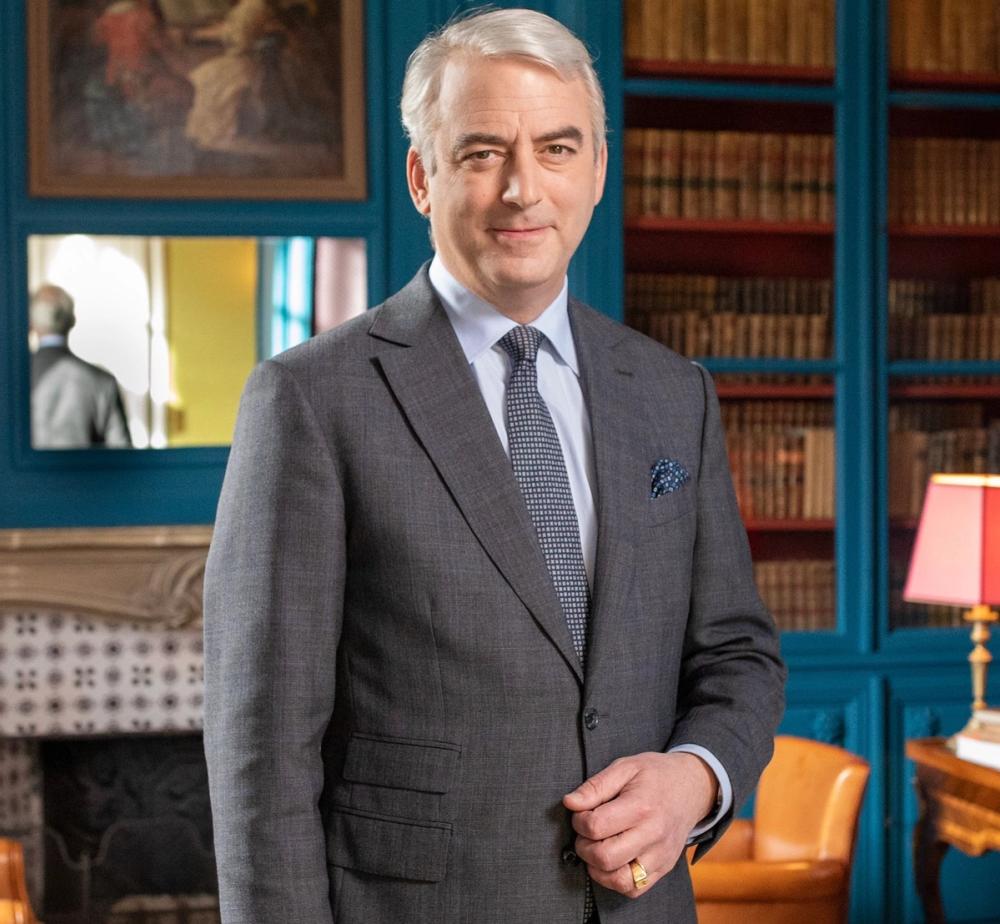
Gilles de Larouzière Henriot believes in maintaining but also adapting and modernising family traditions
“My role is to give a direction and a vision and my team can tell me what is realistic or not and the time frame in which it can be achieved,” he says.
To do that he has “to look into his heart” and ensure the steps you want to take are “true to yourself and who you are”.
“My vision is very much influenced by my family, our history, our culture and traditions. It is about us as people, my mother, my uncle, even the people that came before me that I do not know, like my grandfather. You can always take inspiration for them,” he says.
One thing he does not look for is help, support and advice from consultants. “We have a great team and we have shown we can have our own vision, and work together to make it work.”
Focus on top end
Arguably the biggest move he has made during his time in charge was the radical decision to cut its overall yields in order to only concentrate on its premium and fine wine portfolio. A move that saw it buy in 60% less grapes within three years.
It was his way of pushing the focus firmly on to the individual characteristics of the estates and what has made them such well-known names in the world of wine.
“It was a big change in strategy, but it was a way for us to focus on producing fine wine and to become famous for the wines we are making,” he explains.
Rather than have lots of sub brands and ranges and are available in multiple channels of the market, Larouzière Henriot says it was time for it to only focus on “the top end”.
It has given his winemaking and viticulturists team a clear direction about what is expected and allowed them to “do the best that they can”. “They are having so much more fun,” he adds.
Push to organics
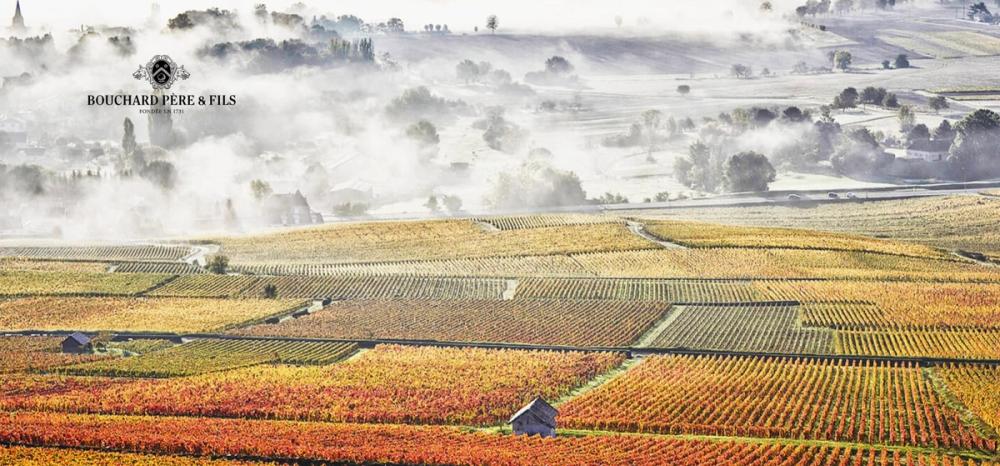
Gilles de Larouzière Henriot has been responsible for introducing an organic wine strategy for all its estates and properties
Another of the big changes that Gilles de Larouzière Henriot has been able to put in place is a commitment, made in 2020, to convert all its vineyards to organic winemaking, and where appropriate biodynamic too.
“The culture of agriculture is in our DNA,” he says pointing to his mother who started a biodynamic wheat and oats farm in the 1990s. “She was quite the visionary. I can remember as a teenager looking at what my mother was doing and I have tried to keep that spirit in our practices and teachings now. We want to be as close as we can to our land, and our soils. It is essential.”
As soon as it took over the William Fèvre estate in 1998 it started work on converting it to organic winemaking and it was awarded “High Environmental Value” (HVE) status in 2015 for its 78 hectares of prestigious Chablis vineyards –15.9 of which are classified as Premiers Crus and 15.2 as Grand Crus.
“With the challenges of climate change and if we want to keep our vineyards healthy for the next generation it is absolutely essential we put life back into our soils now and look after them.”
Work is also underway at Bouchard Père & Fils. Initially three hectares were converted to assess the impact and to determine the effect on the wines and the right path forward. The decision was quickly taken by the team to move the whole domain to organics
He says he expects Bouchard Père & Fils and William Fèvre to be fully organic by 2024 with the former already 80% converted. “It is a challenge as we have vines spread right across the region which makes the logistics much harder.”
At Champagne Henriot the ‘Alliance Terroirs’ projectwas introduced in 2020 to create the best biodiversity possible and to follow organic and sustainable practices.
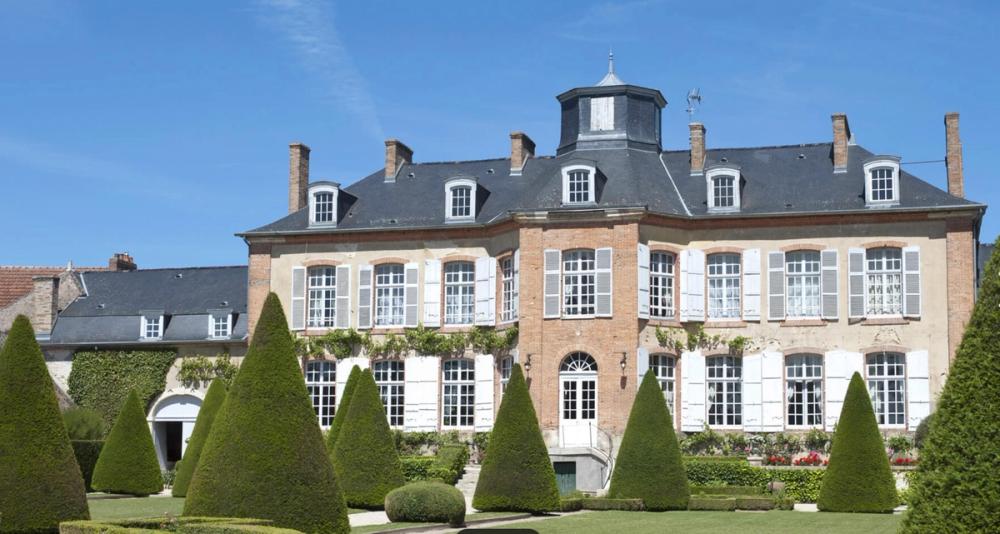
Champagne Henriot has introduced an Alliance Terroirs project to ensure it maximises the biodiversity and sustainability measures at the Champagne house
He admits his winemaking and viticultural teams were a little cautious at the beginning about the potential impact on the quality of the wine, but it is now them who are really driving the conversion to organics for the entire Maisons & Domaines estates. “They have seen the improvements that have been made. The difference in the grapes is really clear and the vineyards don’t have any disease in them at all. It also means you have to be in your vineyards every day.”
He says it has been a big investment to convert to organics, but made such a difference to the way it now works and the fact its teams have such a closer connection to the vines and their vineyards.
“Organics is becoming quite a powerful movement now in Burgundy,” he adds.
Larouzière Henriot says he is aware the market is more and more looking for organic wines, but that can’t be the reason to make that investment. “It was a big change to make and it was quite courageous at the time. But it was the right decision for the long-term future of the estate and the quality of our wines. I am also doing it for my children and for their futures. Not for market reasons.”
But he also admits they have some pretty unique vines, properties and locations to work with. Vineyards surrounded by land, forests and a biodiversity that have been through so much over the years. Which is why any work it does in the vineyards has to be matched with what it is doing with the local biodiversity, the trees, the nutrients, the microbes, the insects and animal life that surrounds them.
In many ways it is “rediscovering” many of the steps its ancestors and previous generations did, it’s just “they have a much higher level of understanding” of what they are doing now.
Look West
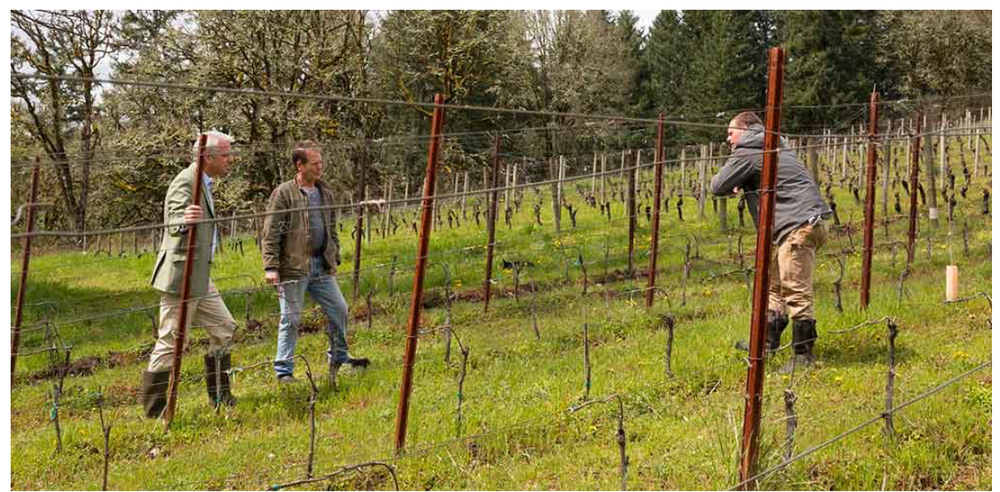
Gilles de Larouzière Henriot visits the winemaking team at Beaux Frères
He has also been responsible for taking the family business outside its stronghold in France, when in 2017 it invested in and bought the Beaux Frères wine business in Oregon in the United States.
“It is such a fantastic estate and crucially they share the same values as we do,” he says. “I had the opportunity to go out and see them and 24 hours later my mind was made up that we should bring them into the business.”
There are also such strong synergies between Oregon and Burgundy, that is so important to Maisons & Domaines Henriot. They both, he says, specialise in what he calls “terroir winemaking” and being on the same latitude means they are also so many comparisons and similarities to be made in how the grapes grow, mature and are then vinified. But then they are also “completely different” at the same time, he stresses. Particularly in how they manage the vineyards and the technical aspects in the cellar.
Although there are clearly lessons to be learnt from both sides, Larouzière Henriot is keen for both wine teams to operate largely separately and there is certainly no pressure for the Oregon team to be following the principles they might have in Burgundy.
It is not the first time Maisons & Domaines Henriot has broken the mould as it was the first Champagne house to acquire a property outside the region when it took on Bouchard Père & Fils and William Fèvre.
Determining success
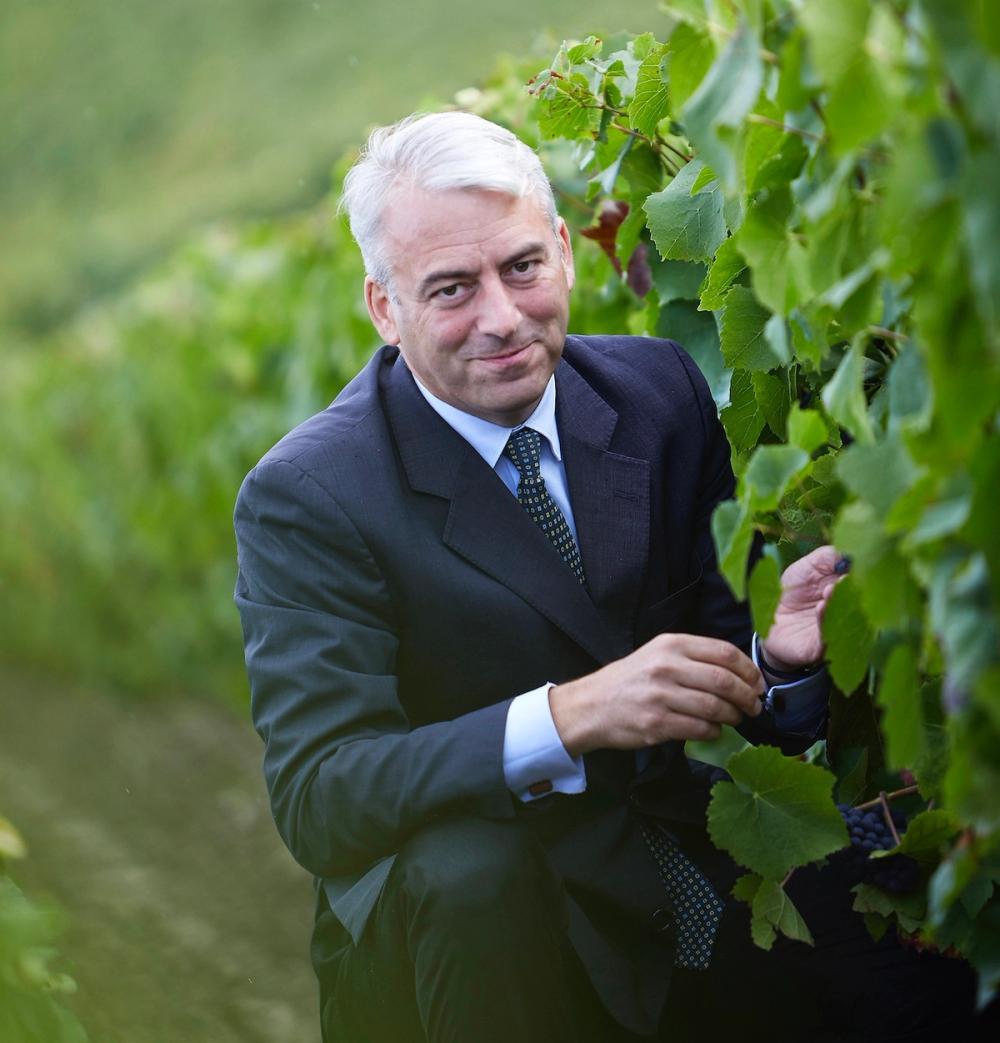
Gilles de Larouzière Henriot has also dramatically reduced the overall production across the estates to only focus on premium wines
So how does he assess his own performance and know if the changes and directions he has given have been the right calls to make? Ultimately, he says, the estates are judged on the quality of its wines and he is happy to see “the perception” of all its wines are improving all the time.
“The energy in the wine is much better, there is greater complexity and more layers,” he says, which he puts down to the “greater resilience” in the vines thanks to organic winemaking.
Tasting, assessing and analysing its wines is a key part of his role, he says. “We want to tell our story, and those of each of our estates, through our wines. That’s really important for me.”
The new premium and fine wine strategy has helped the export side of the business grow to 75% of its sales, with its main markets split between the US first, then Japan, the UK, South East Asia and Italy.
He says the lockdown brought unprecedented demand for many of its wines, particularly Champagne and saw so many more consumers taken a real interest in “educating themselves” about the wines they were drinking,
“The demand for Champagne is high but also the perception of it as a serious wine is also so much higher than before.”
Looking ahead
Gilles de Larouzière Henriot ends our conversation in the same way we started it. Looking at his role within such a long standing family. He says if you look at any successful family wine producer then they would have been successful in keeping the “identity” of what that family stands for, their “culture, their vision, their traditions”. But, crucially, they are always “open to change and new ideas and they don’t just rely on those traditions, but keep up to date with the new trends too”.
One of the most important traditions of Maisons & Domaines Henriot is to be always innovating, he says. “That has always been the driving force.”
“The wine industry is changing all the time and if we are to meet what the market wants then we have to change too,” he says. “You also have to keep looking at the long term. You have to be the complete opposite to an investment firm. When I make a decision I think of my children. We are all the links in the chain. I have received the responsibility to run the business from the generation that came before and I will pass on that responsibility to our future generation.”
- You can find our more about Maisons & Domaines Henriot here.
- The Maisons & Domaines Henriot portfolio of wines is imported into the UK by Fells.


































